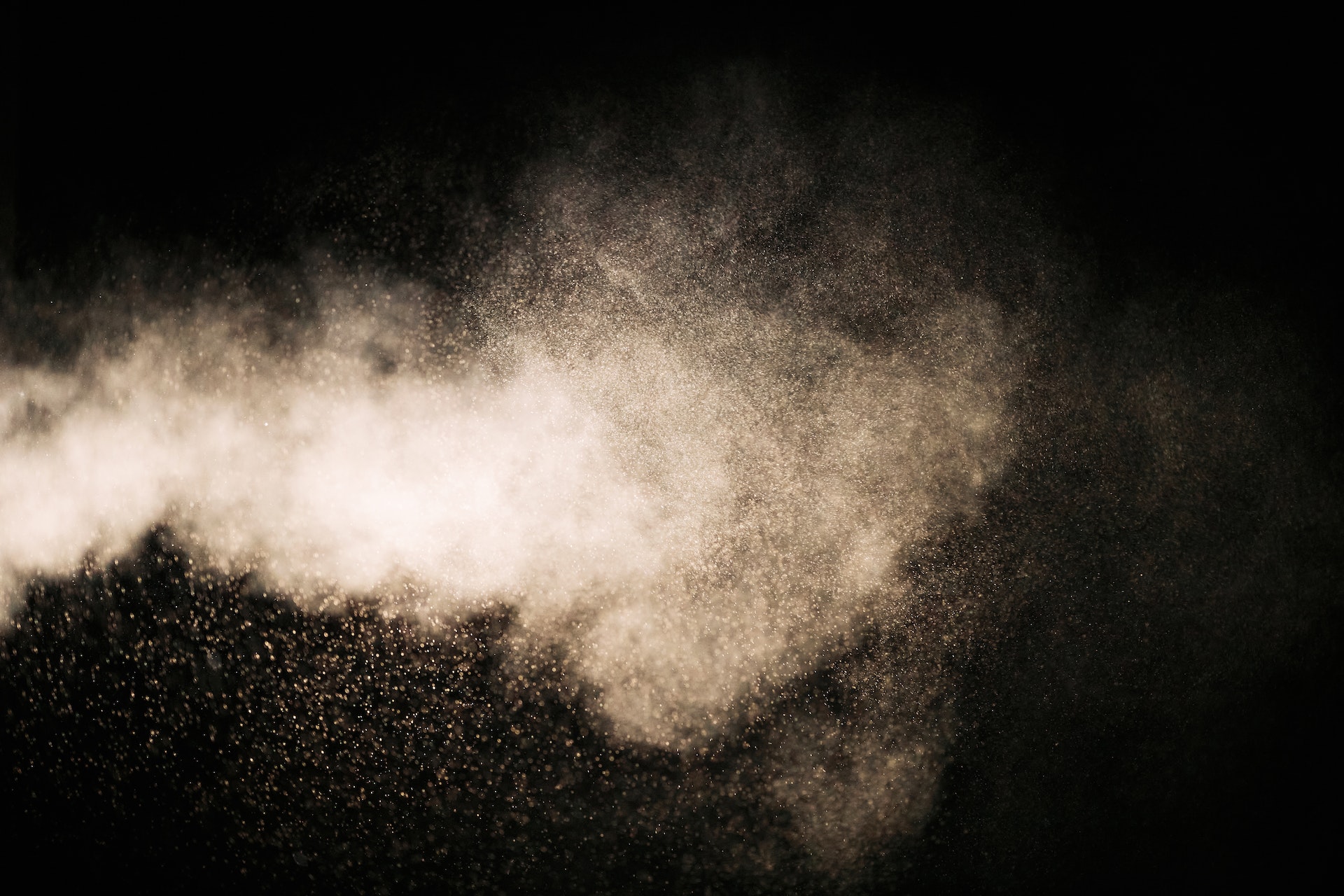From Fragrant to Noxious, a Journey Through the Rich Tapestry of Scents
An uncharted world of enchantment and intrigue awaits, hidden within the realm of olfactory imagery. This blog post aims to provide a captivating behind-the-scenes look at the complexities of scent description, from the sweet and delicate to the pungent and noxious. Unravel the mysteries of this evocative domain, where fragrant flowers and earthy spices mingle with the rank odors of decay. This exploration will reveal the fascinating interplay between olfactory imagery and our emotions, memories, and even cognitive processes.
The Power of Olfactory Imagery
The olfactory system is our body’s gateway to a universe of scents, allowing us to perceive and interpret a staggering variety of aromatic stimuli. Olfactory imagery, the mental representation of these scents, can evoke powerful emotional responses and vivid memories, transporting us to distant times and places.
Emotional Connections
Emotions is a very important factor in olfactory perception. A delicate, sweet scent can bring feelings of joy and nostalgia. A pungent and fetid odor may cause disgust or repulsion. The rich tapestry of scents is deeply linked to our emotional well-being. It can also influence our mood.
Memory Triggers
Scents are also potent memory triggers, often surpassing visual and auditory stimuli in their ability to evoke reminiscences. The wafting aroma of freshly-baked cookies might conjure up childhood memories, while the earthy fragrance of damp soil might transport you back to a long-forgotten hike through a lush forest. Olfactory imagery is a potent tool for accessing the depths of our memories, unearthing long-buried emotions and experiences.
The Art and Science of Scent Description
Describing scents can be an elusive and challenging task. The following subsections delve into various techniques and approaches to capturing the essence of olfactory imagery, exploring the rich palette of adjectives and descriptors available to us.
Fragrant, Sweet, and Heady
Fragrant scents are often pleasant and alluring, with sweet and heady undertones. They may evoke images of blooming flowers, ripe fruits, or sugary confections. To accurately convey the nuances of these delightful aromas, choose descriptors that reflect their intensity, complexity, and emotional impact.
Delicate and Fresh
Delicate and fresh scents are subtle and refreshing, like a gentle breeze carrying the scent of dew-kissed grass or the crisp aroma of clean laundry. These olfactory images may require more nuanced language, emphasizing their understated and invigorating nature.
Fetid, Pungent, and Rank
Fetid, pungent, and rank odors can be overpowering and offensive, often associated with decay, spoilage, or strong chemical compounds. Describing these unpleasant olfactory images requires a bold and unflinching vocabulary, capturing the intensity and repugnance of such malodorous encounters.
Rancid and Noxious
Rancid and noxious scents are often indicative of contamination or decomposition, like the unmistakable odor of spoiled food or the acrid fumes of toxic chemicals. To effectively portray these olfactory images, employ vivid and visceral language that conveys their potential danger and repulsiveness.
Earthy, Musky, and Spicy
Earthy, musky, and spicy scents possess a certain warmth and depth, evoking images of fertile soil, exotic spices, and the intoxicating allure of natural musk. To capture the richness and complexity of these olfactory images, utilize descriptive terms that emphasize their multifaceted nature and sensual appeal.
Zesty and Aromatic
Zesty and aromatic scents are lively and invigorating, with a sharp, tangy edge that stimulates the senses. Citrus fruits, fragrant herbs, and zingy spices all possess these vibrant olfactory qualities. To convey the energy and dynamism of these scents, select language that reflects their stimulating and refreshing characteristics.
The Role of Olfactory Imagery in Literature and Creative Writing
Olfactory imagery can be a powerful tool in literature and creative writing, adding layers of depth and richness to a narrative. The following subsections examine how the effective use of scent descriptions can enhance storytelling and evoke vivid mental images for readers.
Setting the Scene
Incorporating olfactory imagery into scene-setting can make the readers dive into the story, because they can experience multiple feelings of the narrative world. From the pungent odor of city streets to the fragrant aroma of a flower-filled meadow, olfactory descriptions can transport readers to a different world, which can deepen their emotional connection to the story they are reading.
Character Development
Olfactory imagery can also contribute to character development, revealing insights into a character’s background, preferences, and emotional state. A protagonist with a penchant for sweet, heady scents may reveal a romantic, nostalgic nature, while a preference for earthy, musky aromas might suggest a grounded, pragmatic disposition.
Enhancing the Mood
Scent descriptions can enhance the mood of a scene, underscoring its emotional tone and atmosphere. The delicate fragrance of fresh blossoms might underscore a moment of tenderness and tranquility, while the noxious stench of decay could heighten the tension and unease in a suspenseful passage.
The Research of Olfactory imagery
In the enthralling domain of cerebral explorations, olfactory imagery has emerged as a captivating subject that delves into the human brain’s prowess to conjure up scents without the presence of tangible aromas. Cutting-edge investigations have uncovered novel insights into the essence of olfactory perception and its integral function in our cognitive operations.
The impact of olfactory imagery on human emotions has been substantiated by multiple studies, which have deduced that merely envisioning a delightful fragrance can elicit joyous sentiments, whereas the mental conjuration of repugnant smells can evoke revulsion. This implies that olfactory imagery might occupy a crucial position in molding our dispositions, thereby possessing immense potential as a potent instrument for cognitive therapy.
Furthermore, groundbreaking research has unveiled the remarkable capabilities of olfactory imagery in bolstering memory recollection. Inquisitive minds have discovered that individuals can associate specific odors with corresponding memories, resulting in an augmented aptitude to retrieve those memories with amplified precision. This revelation holds profound implications for remedial approaches targeting Alzheimer’s disease and other manifestations of memory impairment, paving the way for innovative therapeutic interventions.
Olfactory imagery: A Powerful Tool
In conclusion, the multifaceted utility of olfactory imagery encompasses an array of applications. Possessing the capacity to evoke potent emotional reactions and transcend spatial confines, this intricate sensorial mosaic proffers a plethora of opportunities for those endeavoring to encapsulate the quintessence of olfactory encounters. By harnessing a vibrant lexicon, literary artisans can wield the formidable influence of olfactory imagery to craft immersive experiences that persist indelibly within the sensorium and the realm of the imagination.
In addition, healthcare practitioners can capitalize on the methodologies intrinsic to olfactory imagery, integrating these techniques into their therapeutic repertoire to optimize patient care. The complex interplay of scent-induced emotions, cognitive processes, and memory retrieval forms the bedrock of this burgeoning field, unveiling a myriad of possibilities for enhancing the human experience and ameliorating medical interventions.




 No products in the cart.
No products in the cart.